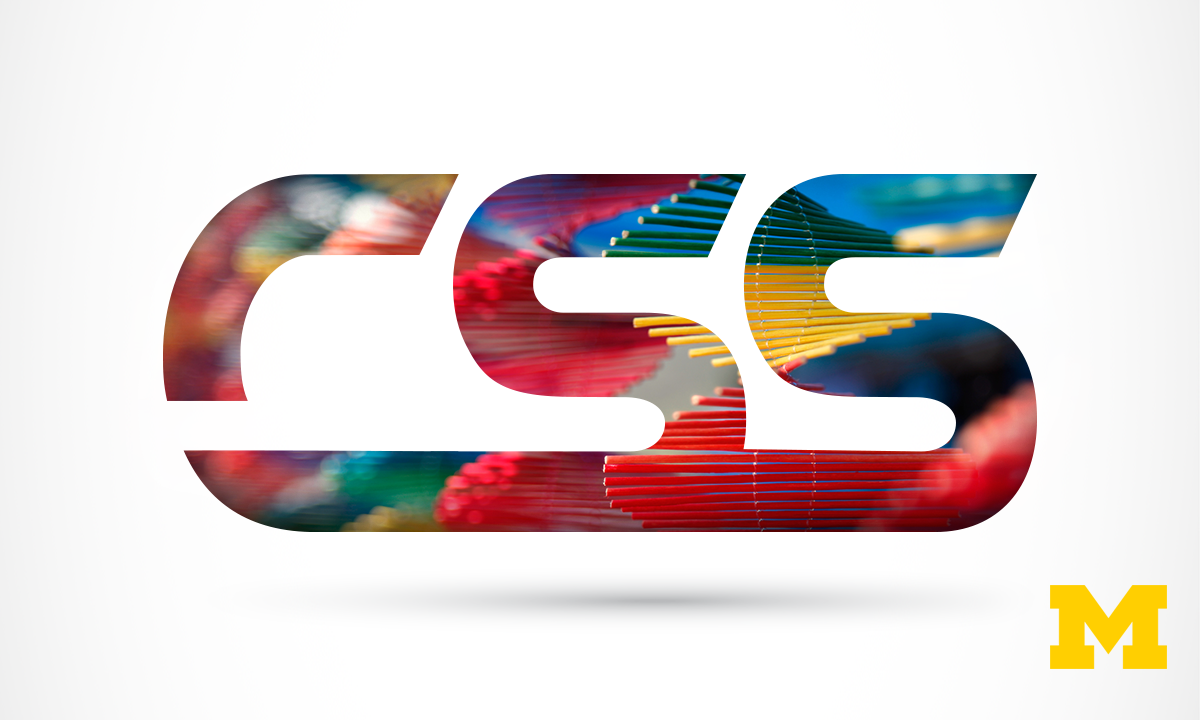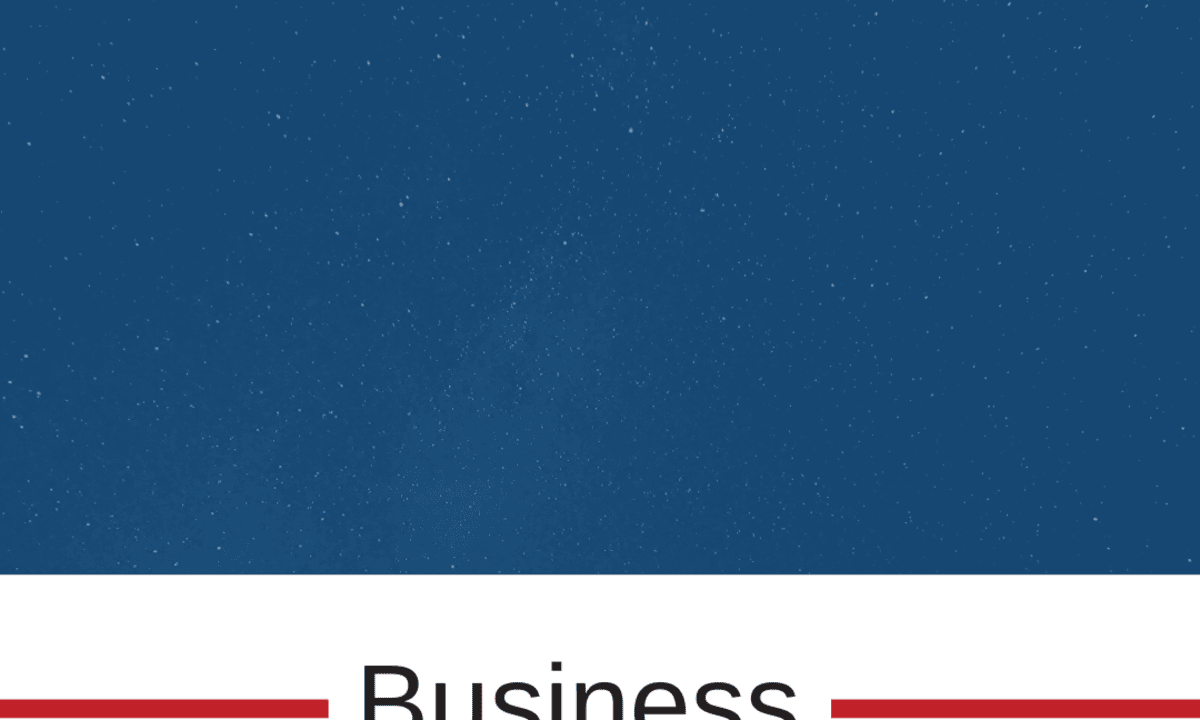GRATIS
University of Michigan vía Coursera
GRATISIntroduction to CSS3
Acerca de este curso
- Week One: Getting Started with Simple Styling
- Welcome to Introduction to CSS3! In this course you will learn how to style your pages by taking advantage of the power of CSS3. We will focus on both proper syntax (how to write your styling rules) and the importance of accessibility design (making sure that your style enhances your site, not make it harder to navigate). It is so important that you jump in ready to make mistakes and typos in this course. The only way you will really understand the material is to practice typing it in on your own as often as possible.
- Week Two: Advanced Selectors, Display, and Designing for Accessibility
- Colors and fonts are just the start to styling your page. The nice thing about starting with these properties is that they are usually very straightforward to implement. You pick a color and boom - instant, expected results. This week you will learn more about something called the display property. If you took the HTML course with us you know that some elements (like images) can be displayed side-by-side on the screen while others (like paragraphs) are placed underneath each other. I really like showing people the grid and flex properties to give you a little more power about where things can go on the screen. After learning how to style links and lists we will talk about more advanced selectors . Have you ever noticed on a web page that some links are blue and others are purple, depending upon if you have clicked on the links? How is it possible to style some anchor tags and not others?
- Week Three: The Box Model and Positioning
- This week has my favorite styling -- the box model. Learning how to add borders, padding, and margin can really make your page attractive. We end this week with the subject of positioning -- how to get elements to stick to a certain part of your page. Think about annoying pop-up ads. How do the programmers get them to stay RIGHT IN THE MIDDLE OF THE SCREEN despite the fact that you keep trying to scroll them away.
- Week Four: Pseudo-classes, Pseudo-elements, and a Final Project
- This week will be heavy on demos. You will learn how to style pseudo-classes (e.g. a link that has been visiting, an element that has the mouse hovering over it) and pseudo-elements (e.g. the first-letter of a heading, the first line of a paragraph). These elements are not difficult to style, but do require careful coding. The final step to completing this course is the completion of the peer-graded project. You will have the chance to demonstrate the ability to follow styling guidelines while still putting your own personal touch on the project. Just remember, you need to validate your work for proper syntax and accessibility.
- Week Five: Where To Go From Here?
- If you would like to do more now that you have finished this course, I have a few recommendations. The most important thing is that you continue to practice your skills and always have "something" that you are working on.
Cursos relacionados

GRATIS Aprendiendo a aprender: Poderosas herramientas mentales…
Deep teaching solutions
Español

GRATIS Programación para todos (Introducción a Python)
University of Michigan
Inglés

GRATIS The Science of Well-Being
Yale
Inglés

GRATIS Negociación exitosa: Estrategias y habilidades esenciales
University of Michigan
Inglés

GRATIS Primeros Auxilios Psicológicos (PAP)
Universitat Autónoma de Barcelona
Español



